A poster showing the different forms algorithms can take.
Display this Algorithm Poster when learning about sequencing and Digital Technologies.
Download includes options for colour and black and white versions.
Updated: 23 Jun 2020
A poster showing the different forms algorithms can take.
Non-Editable: PDF
Pages: 1 Page
Years: 1 - 7
Follow, describe and represent a sequence of steps and decisions (algorithms) neededto solve simple problems
Define simple problems, and describe and follow a sequence of steps and decisions (algorithms) needed to solve them
Implement simple digital solutions as visual programs with algorithms involving branching (decisions) and user input
Design, modify and follow simple algorithms involving sequences of steps, branching, and iteration (repetition)
Implement digital solutions as simple visual programs involving branching, iteration (repetition), and user input
Describes, follows and represents algorithms to solve problems
Defines problems, describes and follows algorithms to develop solutions
Defines problems, and designs, modifies and follows algorithms to develop solutions
Individually and with others, plan, create and communicate ideas and information safely, applying agreed ethical and social protocols
Define simple problems, and describe and follow a sequence of steps and decisions involving branching and user input (algorithms) needed to solve them
Design, modify and follow simple algorithms represented diagrammatically and in English, involving sequences of steps, branching, and iteration
Develop digital solutions as simple visual programs
Investigate simple problems for known users that can be solved with digital systems
Follow and describe algorithms involving a sequence of steps, branching (decisions) and iteration (repetition)
Define problems with given design criteria and by co-creating user stories
Follow and describe algorithms involving sequencing, comparison operators (branching) and iteration
Generate, communicate and compare designs
Implement simple algorithms as visual programs involving control structures and input
Design algorithms involving multiple alternatives (branching) and iteration
Generate, modify, communicate and evaluate designs
Implement algorithms as visual programs involving control structures, variables and input
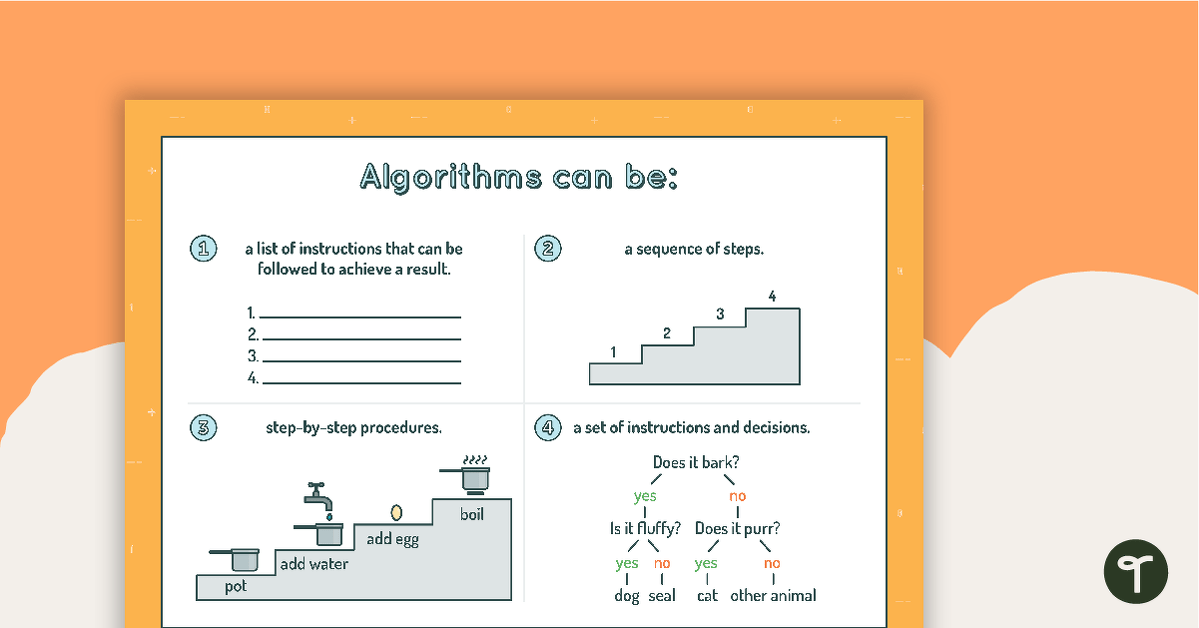
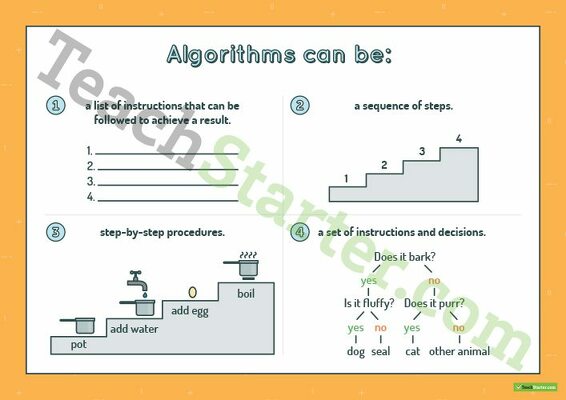
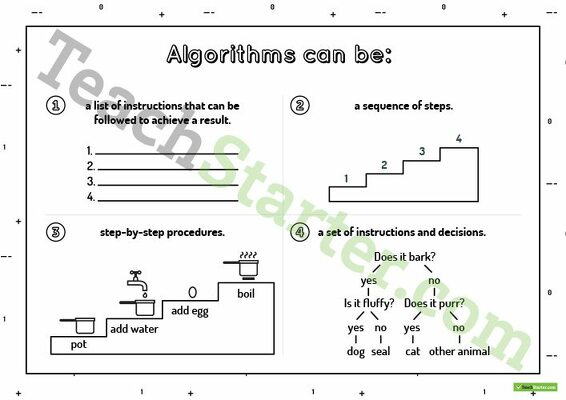
A poster showing the different forms algorithms can take.
Display this Algorithm Poster when learning about sequencing and Digital Technologies.
Download includes options for colour and black and white versions.
Follow, describe and represent a sequence of steps and decisions (algorithms) neededto solve simple problems
Define simple problems, and describe and follow a sequence of steps and decisions (algorithms) needed to solve them
Implement simple digital solutions as visual programs with algorithms involving branching (decisions) and user input
Design, modify and follow simple algorithms involving sequences of steps, branching, and iteration (repetition)
Implement digital solutions as simple visual programs involving branching, iteration (repetition), and user input
Describes, follows and represents algorithms to solve problems
Defines problems, describes and follows algorithms to develop solutions
Defines problems, and designs, modifies and follows algorithms to develop solutions
Individually and with others, plan, create and communicate ideas and information safely, applying agreed ethical and social protocols
Define simple problems, and describe and follow a sequence of steps and decisions involving branching and user input (algorithms) needed to solve them
Design, modify and follow simple algorithms represented diagrammatically and in English, involving sequences of steps, branching, and iteration
Develop digital solutions as simple visual programs
Investigate simple problems for known users that can be solved with digital systems
Follow and describe algorithms involving a sequence of steps, branching (decisions) and iteration (repetition)
Define problems with given design criteria and by co-creating user stories
Follow and describe algorithms involving sequencing, comparison operators (branching) and iteration
Generate, communicate and compare designs
Implement simple algorithms as visual programs involving control structures and input
Design algorithms involving multiple alternatives (branching) and iteration
Generate, modify, communicate and evaluate designs
Implement algorithms as visual programs involving control structures, variables and input

We create premium quality, downloadable teaching resources for primary/elementary school teachers that make classrooms buzz!
Would you like something changed or customised on this resource? While our team makes every effort to complete change suggestions, we can't guarantee that every change will be completed.
Did you spot an error on this resource? Please let us know and we will fix it shortly.
Are you having trouble downloading or viewing this resource? Please try the following steps:
If you are still having difficulty, please visit the Teach Starter Help Desk or contact us .

4 themed pages to use when learning about technology content vocabulary.
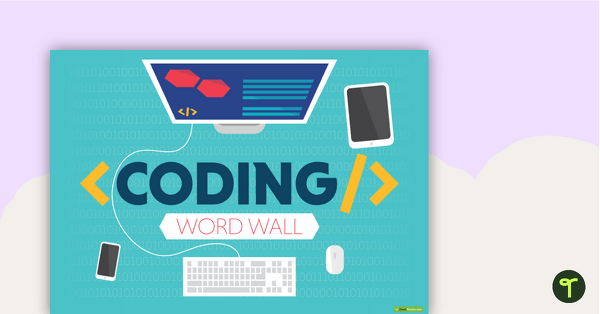
A set of vocabulary word wall cards and a poster about computer coding, to display in your classroom.
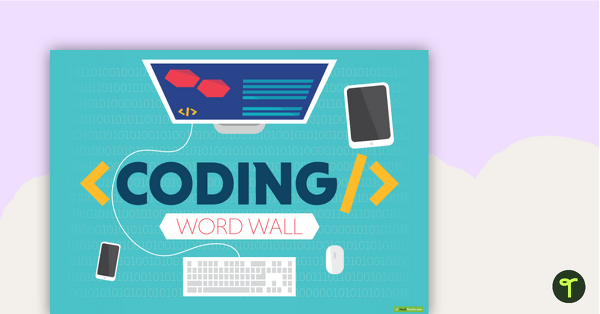
A set of definition word wall cards to display in your classroom when learning about computer coding.
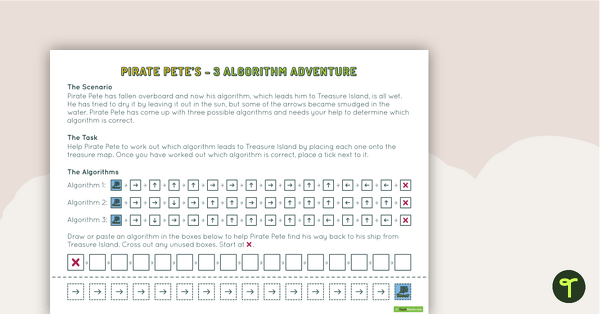
A worksheet for students to use when consolidating their understanding of algorithms.
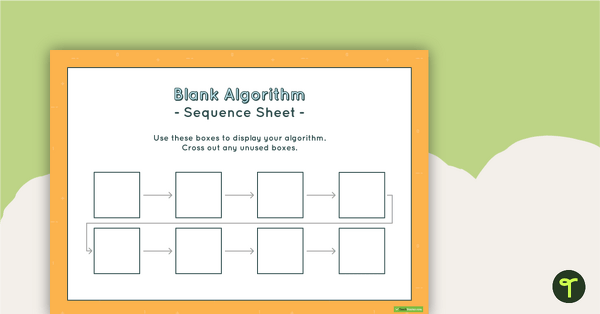
A worksheet for students to use when writing an algorithm.
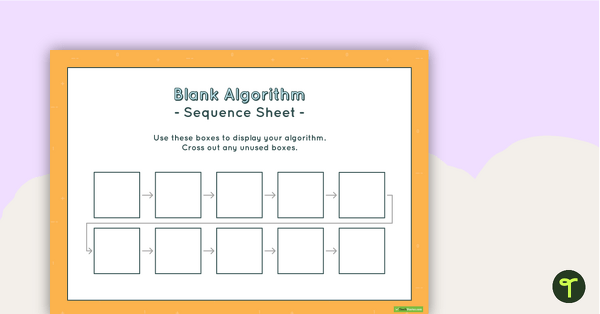
A worksheet for students to use when writing an algorithm.
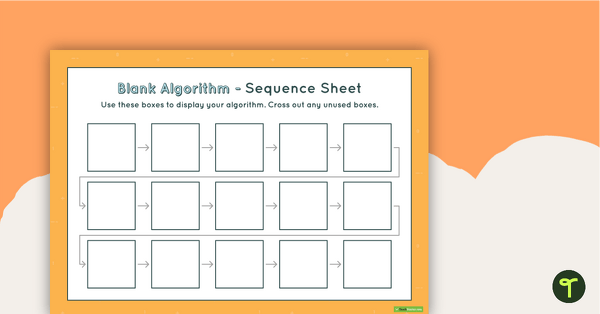
A worksheet for students to use when writing an algorithm.
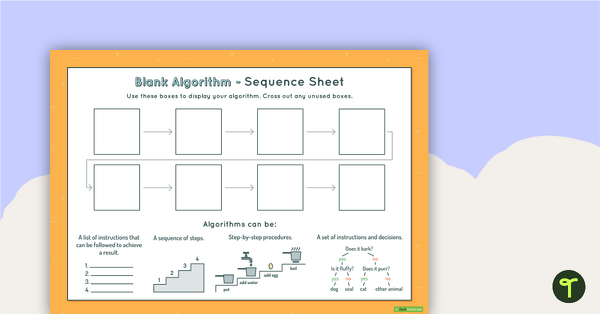
A worksheet for students to use when writing an algorithm.
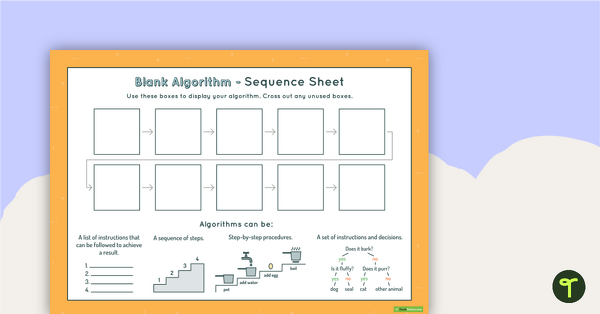
A worksheet for students to use when writing an algorithm.
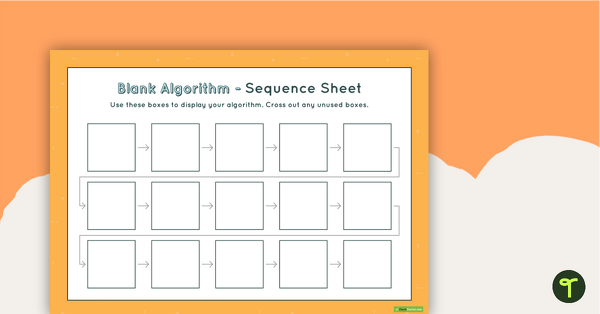
A worksheet for students to use when writing an algorithm.
0 Comments
Write a review to help other teachers and parents like yourself. If you'd like to request a change to this resource, or report an error, select the corresponding tab above.